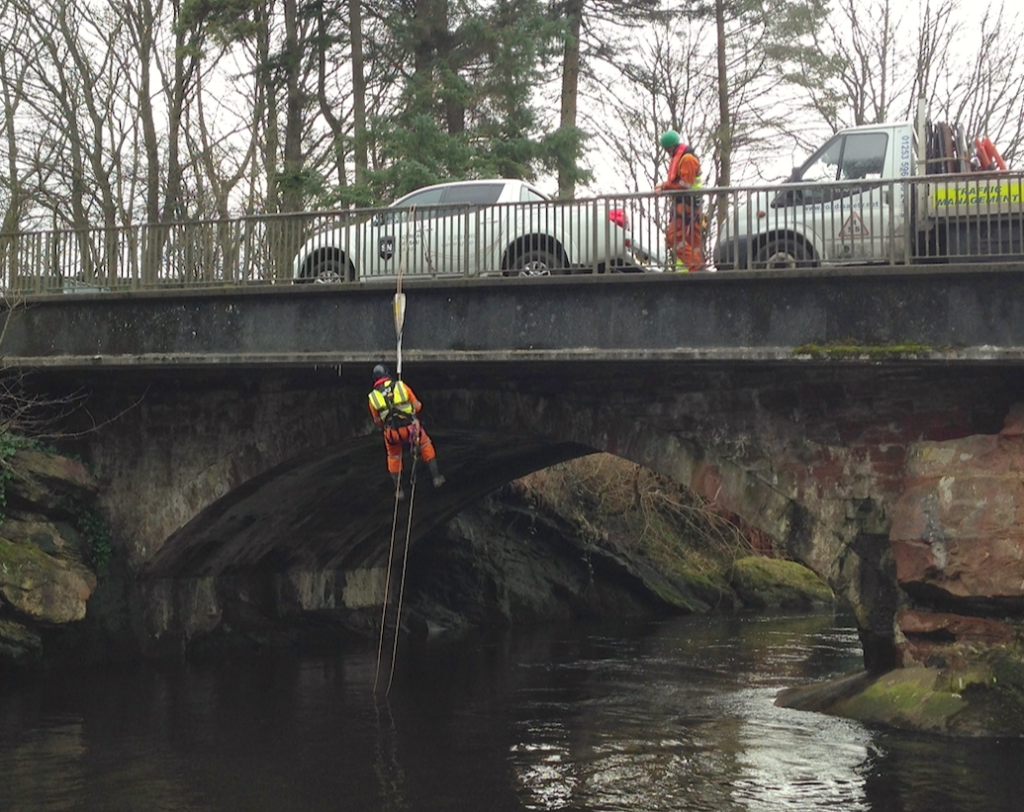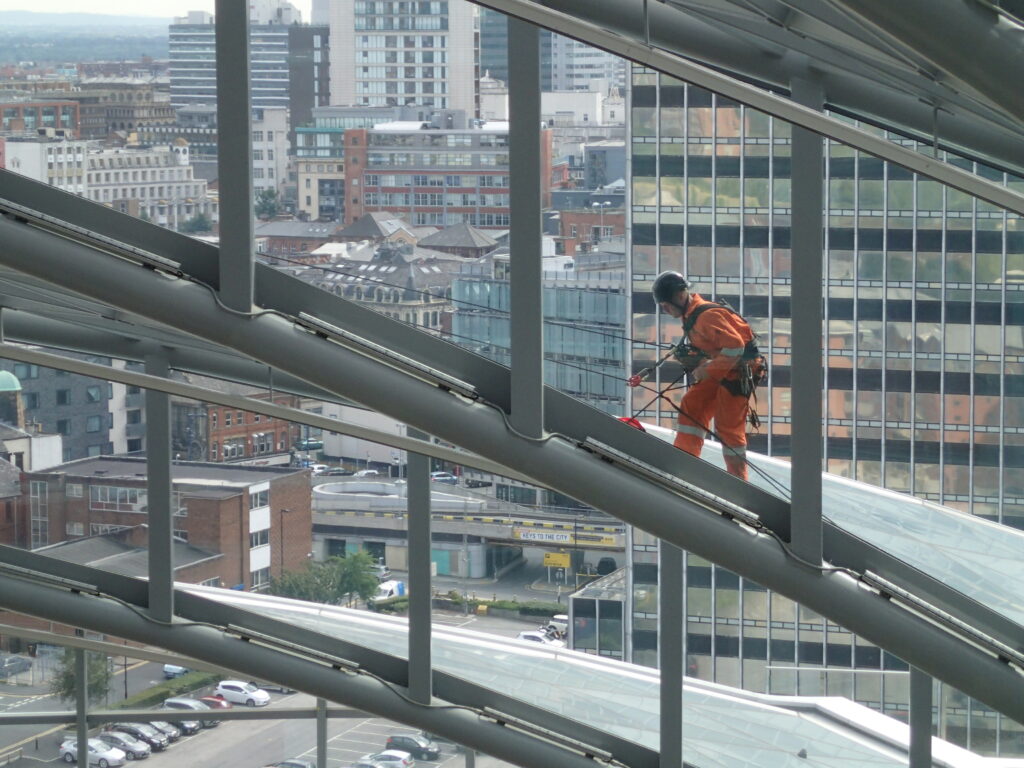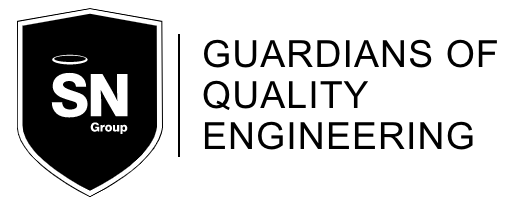The rope access technique is most useful where inspection services are required. Most areas of a structure can be efficiently reached and inspected at close range (generally within touching distance) by combinations of ascent/descent and tensioned rope traversing.

This means that vertical drops of a structure such as a building façade, or spandrel walls of a bridge can be inspected, as well as any cantilevered sections of the building, or the arch barrels of a bridge.
Examples of activities suitable for rope access operations, include invasive and non-invasive testing works, such as chloride sampling, carbonation depth checking, wall tie population surveys, floor nib investigation and reinforcement mapping.
The output from an inspection is a report. This will detail what has been inspected and the inspection findings. Reports normally contain photographs of defects observed, along with measurable characteristics, so that subsequent repairs can be quantified.


